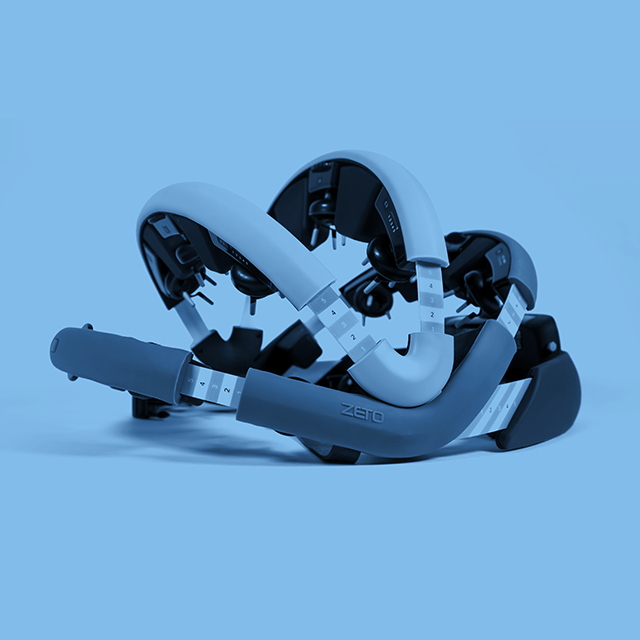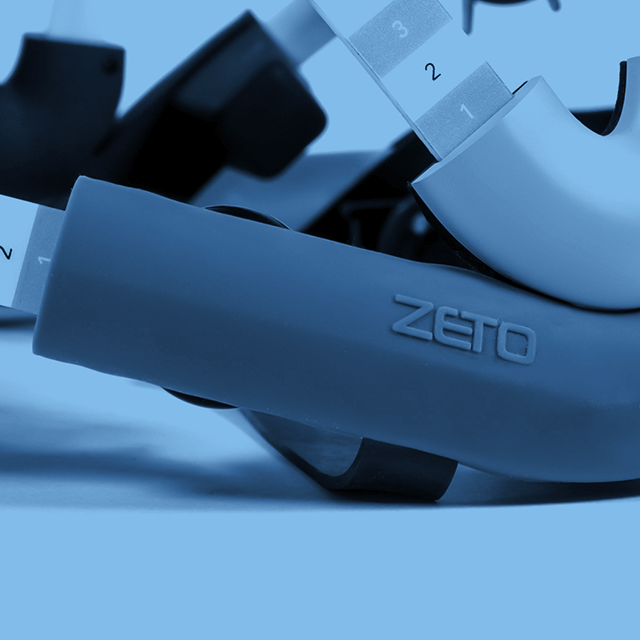Email
info@zetoinc.com
Contact Us
+1 (833) 938-6334

EEG for Nurses: A Rapid Full EEG When Every Minute Counts
Zeto ONE makes it possible for nursing staff to initiate high-quality EEGs—no gel, no wires—when EEG technologists are unavailable. In many hospitals, especially in emergency departments, intensive care units, and rural facilities, nurses are often the first clinicians to respond...

EEG in Healthcare Transformed: Zeto Makes EEG Accessible Everywhere
While EEG in healthcare is the main use of the technology, EEG is no longer confined to hospital rooms. With Zeto's cutting-edge technology, brain monitoring has become accessible in places you wouldn’t expect. From concert halls to ambulances, our portable,...

Simplifying Routine EEGs: Zeto Improves Care for Neurology Practices
Routine EEGs are one of the cornerstones of neurological care[1], yet traditional EEG systems often create unnecessary hurdles. It enables non-emergency diagnosis, extended follow-up of many types of neurological conditions, and the performance of non-emergent EEGs. For practices with limited...

Textured Hair EEGs: Accessibility for All Hair Types
Getting an EEG shouldn’t be a hassle – no matter your hairstyle. For most patients, an EEG test typically requires no special preparation. However, for individuals with curly hair, textured hair or specific hairstyles, such as braids, dreadlocks, cornrows, twists,...

Zeto Offers Reliable FDA Cleared Seizure Detection Software
Advancements in seizure detection technology provide essential tools for precise diagnosis and management of neurological conditions. Zeto integrated a full suite of FDA cleared EEG Trending, Seizure, and Spike Detection tools from encevis into the Zeto cloud platform for quick...
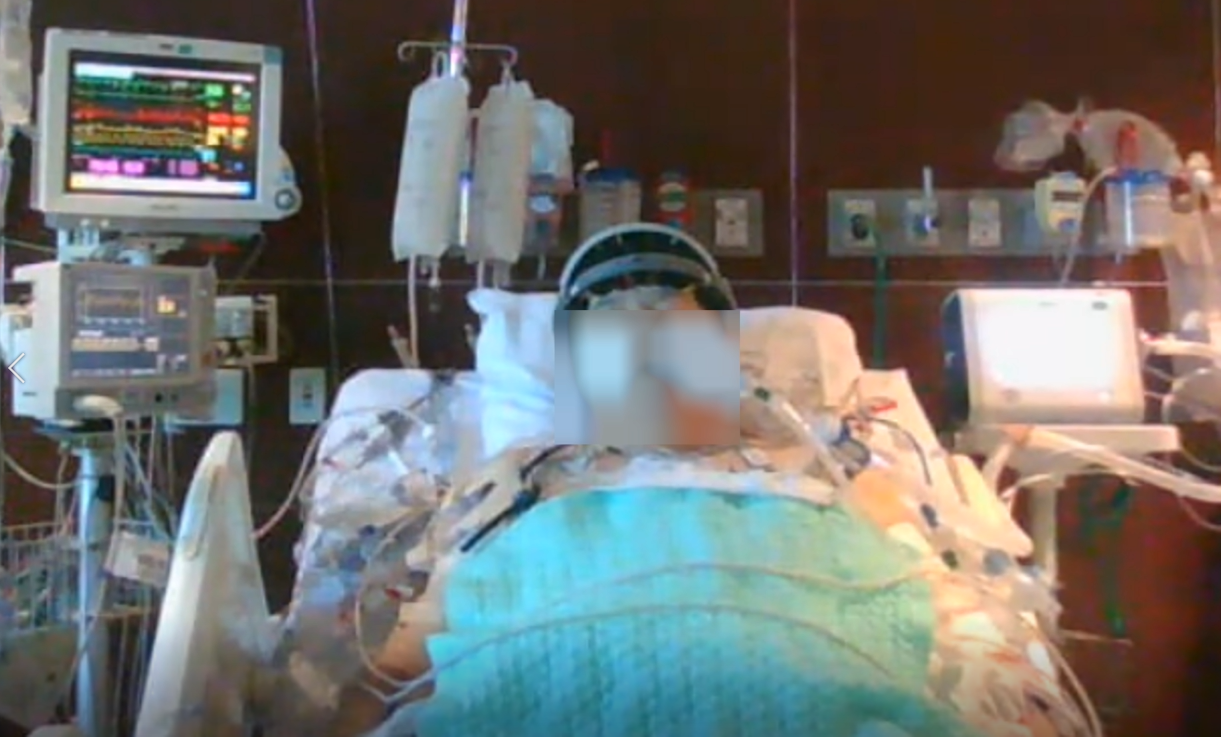
EEG in the ICU: Brain Monitoring in Critical Care Settings and Emergency Departments
EEG in the ICU offers unparalleled insight into the neurological status of patients. Facilitating ease of use is a cornerstone of making sure this vital marker is not overlooked. In the fast-paced world of healthcare, where every moment can be...
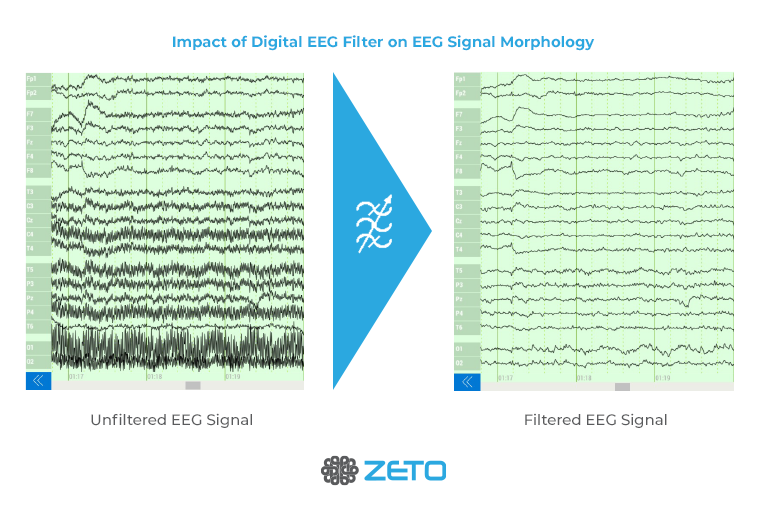
How Digital EEG Filters Impact EEG Signal Morphology
Filters are commonly used during clinical assessment of EEG brainwaves. They are recommended in the ACNS guidelines¹ to reduce electrical noise and improve EEG data quality. The basics of filter theory are part of the training curriculum for physicians and...

EEG Techs Face Challenges: Portable EEG Creates Solutions
EEG Techs continue to be the gold standard for EEG administration, their training and expertise is crucial for meeting the neurodiagnostic needs of hospitals. Unfortunately, there is a massive nationwide shortage of EEG techs in the United States, and this...
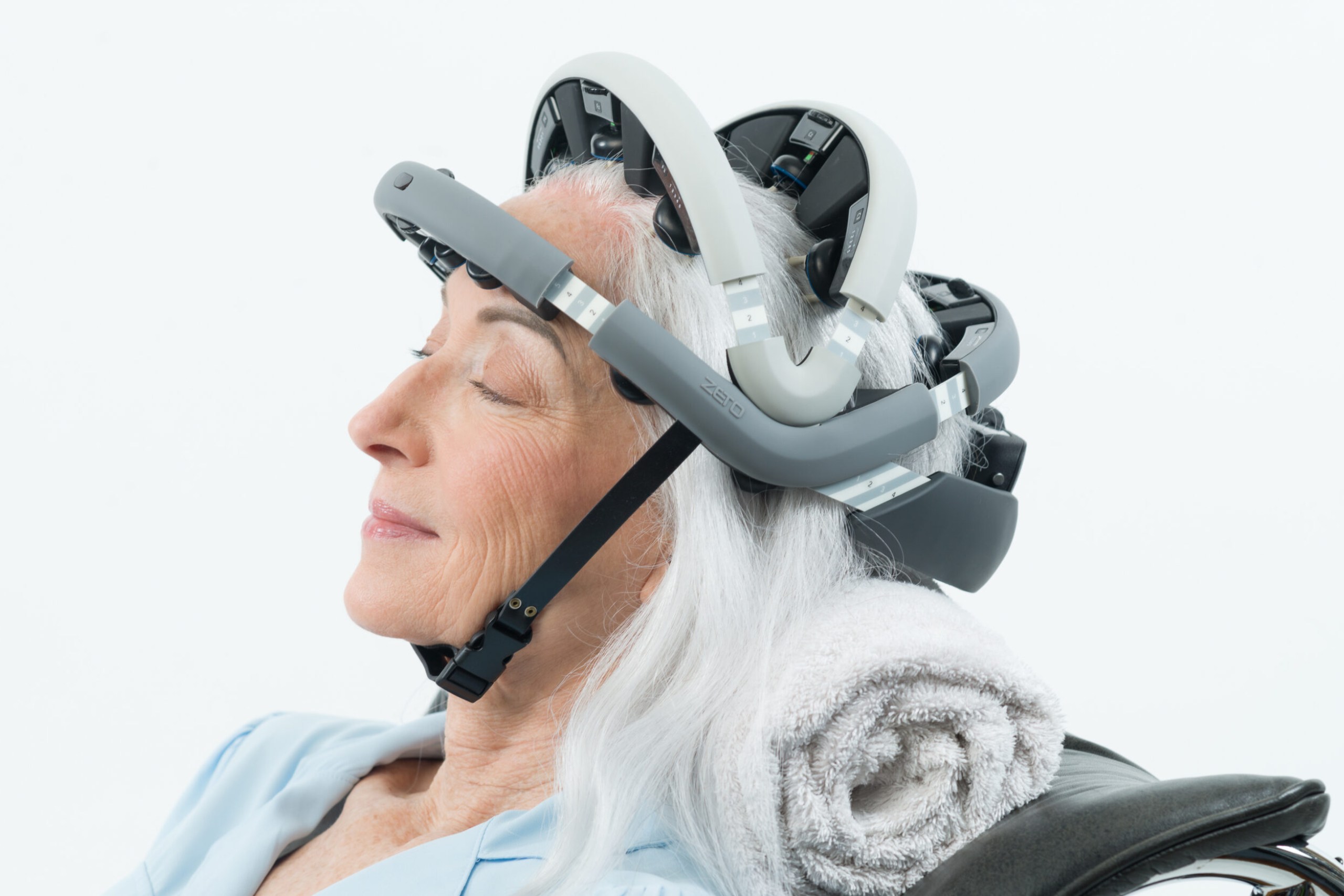
7 Core Benefits of Portable EEG for Growing Hospitals
In critical care, every second counts. Zeto's portable EEG system cuts through complexity, offering a seamless solution that far out-delivers the competitors. Is it cumbersome? Far from it. Is it fast? Absolutely. Is it complete? With full-montage capabilities versus other...
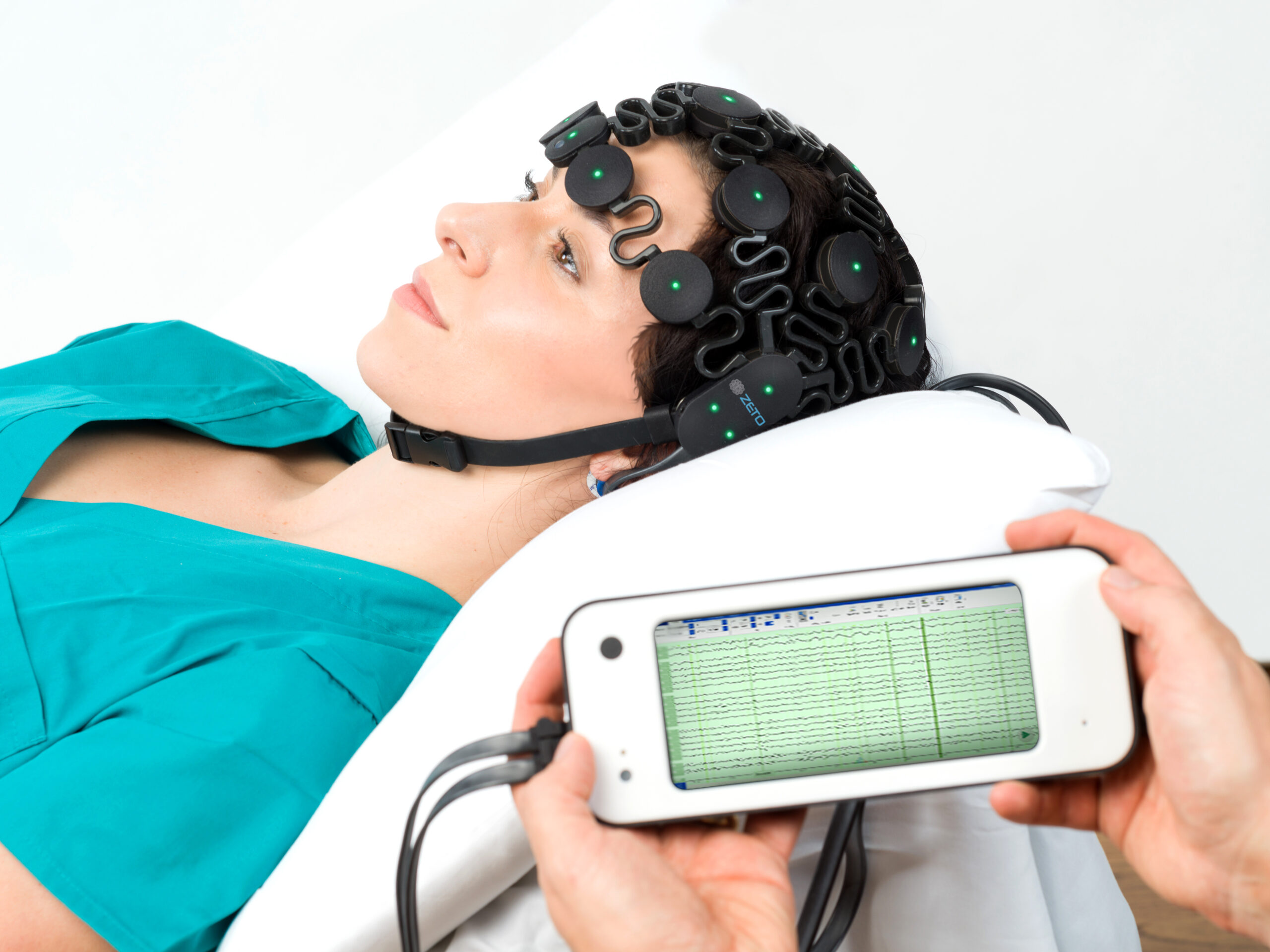
EEG after Cardiac Arrest is Vital, Says American Heart Association
The American Heart Association (AHA) recommends prompt electroencephalography (EEG) neuroprognostication for post-cardiac arrest patients in their 2020 guidelines on cardiopulmonary resuscitation (CPR) and emergency cardiovascular care (ECC). The prompt use of EEG in post-cardiac arrest patients is important because it...
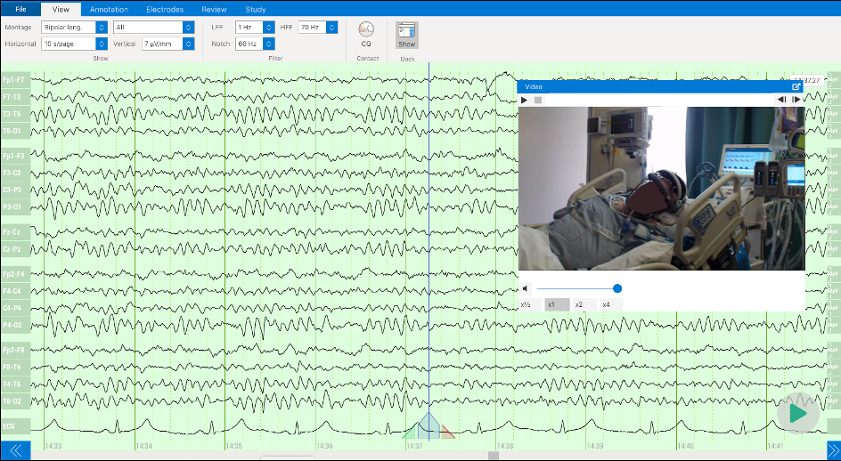
Enhancing Diagnostic Precision: Exploring the Role of Video EEG
Video EEG is an important tool in diagnosing and monitoring patients with epilepsy or other neurological conditions. It helps distinguish physiologic or external artifacts from epileptic seizures or epileptiform discharges associated with seizures. Video EEG also helps to differentiate epileptic...
ZETO – ERP EVENT MARKER INTEGRATION
Event Related Potentials (ERPs) in EEG provide insight into how our brain processes information, reacts to its environment and adapts to challenges. ERPs differ from the traditional clinical tradition of evaluating continuous spontaneous brainwaves in patients. With ERPs, experimenters can...
Zeto’s Reliable EEG Headset: Built to Withstand the Daily Grind
As a healthcare professional, you know how important it is to have reliable equipment that can withstand the daily grind of a busy medical practice. That’s why we designed Zeto EEG – a rugged, clinical-grade headset that is built to...
Don’t Sweat It: Managing Sweating Artifact During EEG Recordings
Sweat artifacts are a common problem in electroencephalography (EEG) recordings. They can noticeably affect the quality of the recorded tracings and make it difficult to read the underlying EEG signals. Sweat artifacts in EEGs occur when the body’s biological sweat...
Bringing EEG to Rural Areas with Remote EEG Monitoring
The profound lack of access to EEG outside of urban academic centers is a substantial health disparity. Most rural and suburban hospitals do not have the EEG equipment or trained staff available to obtain and read EEG studies. Thus, they...
Billing for Zeto: Zeto EEG Billing CPT Codes
It is important to use the appropriate CPT codes when seeking reimbursement by payers for covered outpatient procedures, including routine and long-term EEG studies. This article aims to provide guidance on potentially applicable CPT procedure codes for EEG while using...
EEG in the ICU: Why, When, and How
Introduction EEGs are an invaluable tool for monitoring real-time brain function at the bedside in the ICU. Nonconvulsive seizures and nonconvulsive status epilepticus in the ICU are very shockingly common. Now that continuous EEG monitoring (cEEG) has entered clinical practice, we...
How to alleviate burnout for EEG technologists
As with all healthcare professions, neurodiagnostic technologists struggle with staffing shortages, unpredictable situations, and caring for patients with life-threatening physiological disorders. While many healthcare roles have shortages, qualified neurodiagnostic technologists are a rare breed and positions can go unfilled for...
Electroencephalogram (EEG) as a Biomarker in Dementia
The Electroencephalogram (EEG) can be used as a Biomarker for Dementia. This decades-old technology is finding new life in modern neuroscience. Old Dog Introduced to neurologists for the detection and classification of epilepsy by Frederick Gibbs' in 1934, electroencephalography (EEG)...
The Therapeutic Potential of EEG Neurofeedback in treating Covid-19 Induced Neuropsychiatriatric and Cognitive Symptoms
The Covid-19 pandemic has had negative effects on the health and well-being of many individuals around the world, often leaving persistent decreases in quality of life in the post-acute phase of illness. Studies of survivors across the globe, including the...
The Role of EEG for Epilepsy Diagnosis, Management and Classification
People with epilepsy typically experience recurrent seizures. Despite the diverse causes of seizures, the common mechanism linking many types of epilepsy is the disruption of the brain's normal electrical activity, which temporarily halts communication between neurons. About 60% of epilepsy...
Active And Passive Electrodes – What Are They, Pros & Cons
When the British physician Richard Caton first recorded the brain’s electrical activity on a rabbit in the late 19th century he didn’t know his groundbreaking experiment would inspire the invention of a line of revolutionary technologies that turned out to...
Comparison of Dry Electrode EEG System with Conventional EEG System
The dry electrode EEG system is a new development in the field of diagnostic science, offering an alternative to the conventional wet electrode EEG system. To replace the wet EEG setup in clinical settings, dry electrode headsets must convey high-quality...
A Guide to EEG Basics (Electroencephalography) & Devices Used
Every machine requires some circuitry or motherboard that controls the machine's functions and operations. Likewise, humans also possess a complex computing system inside the body: the brain. The brain's inner workings and connections are mysterious. An intricate system of neurons...

